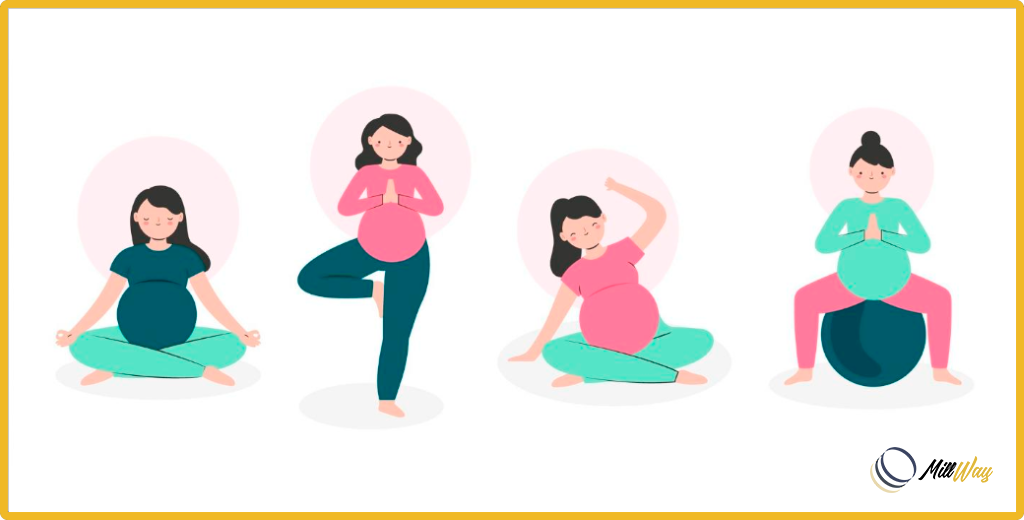
Pregnancy is a crucial process in a woman's life, and to ensure optimal health for both the mother and baby, special attention to childbirth preparation cannot be overlooked. One method that can help prepare the pregnant body for a smooth delivery is pregnancy exercises. According to a study by AI Fibriana and M Azinar published in the Journal of Abdimas (2016), pregnancy exercises have been proven to prevent various childbirth complications.
What is Pregnancy Exercise?
Pregnancy exercise is a series of physical movements specifically designed for pregnant women, aimed at improving body fitness, enhancing blood circulation, and preparing the body for labor. Pregnancy exercises are performed safely under the supervision of trained medical professionals or instructors. The movements in pregnancy exercises vary, from stretching body muscles, breathing exercises, to movements designed to help the baby’s position in the womb.
Benefits of Pregnancy Exercise in Preventing Childbirth Complications
Preeclampsia is a dangerous pregnancy complication characterized by high blood pressure and organ damage, such as the kidneys and liver. Through pregnancy exercises, expectant mothers can improve blood circulation, which helps lower blood pressure and improve heart health.
Pregnancy exercise helps strengthen the muscles used during labor, such as the pelvic muscles and lower back. Good muscle strength allows pregnant women to better cope with contractions and the labor process.
Pregnancy can cause changes in posture leading to muscle tension and back pain. Pregnancy exercises help restore good posture and reduce muscle tension, allowing pregnant women to feel more comfortable and less fatigued.
Physical activity during pregnancy exercises stimulates the release of endorphins, which help reduce stress and anxiety. This calmness is very helpful for expectant mothers to remain relaxed as they approach labor.
Some movements in pregnancy exercises, such as breathing exercises and pelvic exercises, are designed to ease the baby’s position in the womb and facilitate smoother delivery. These movements can reduce labor time and speed up cervix dilation.
The research conducted by AI Fibriana and M Azinar in the Journal of Abdimas (2016) shows that pregnant women who regularly perform pregnancy exercises have a lower risk of experiencing childbirth complications. Through a structured exercise program, expectant mothers can better prepare their bodies for labor, reduce physical tension, and lower the chances of complications during delivery.
Conclusion
Pregnancy exercise is not just physical exercise, but also a way to prepare the body physically and mentally for childbirth. With its diverse benefits, such as increasing muscle strength, improving posture, reducing stress, and reducing the risk of pregnancy complications, pregnancy exercise is highly recommended for expectant mothers. Through regular practice, pregnant women can feel more prepared and confident as they approach their upcoming delivery.
